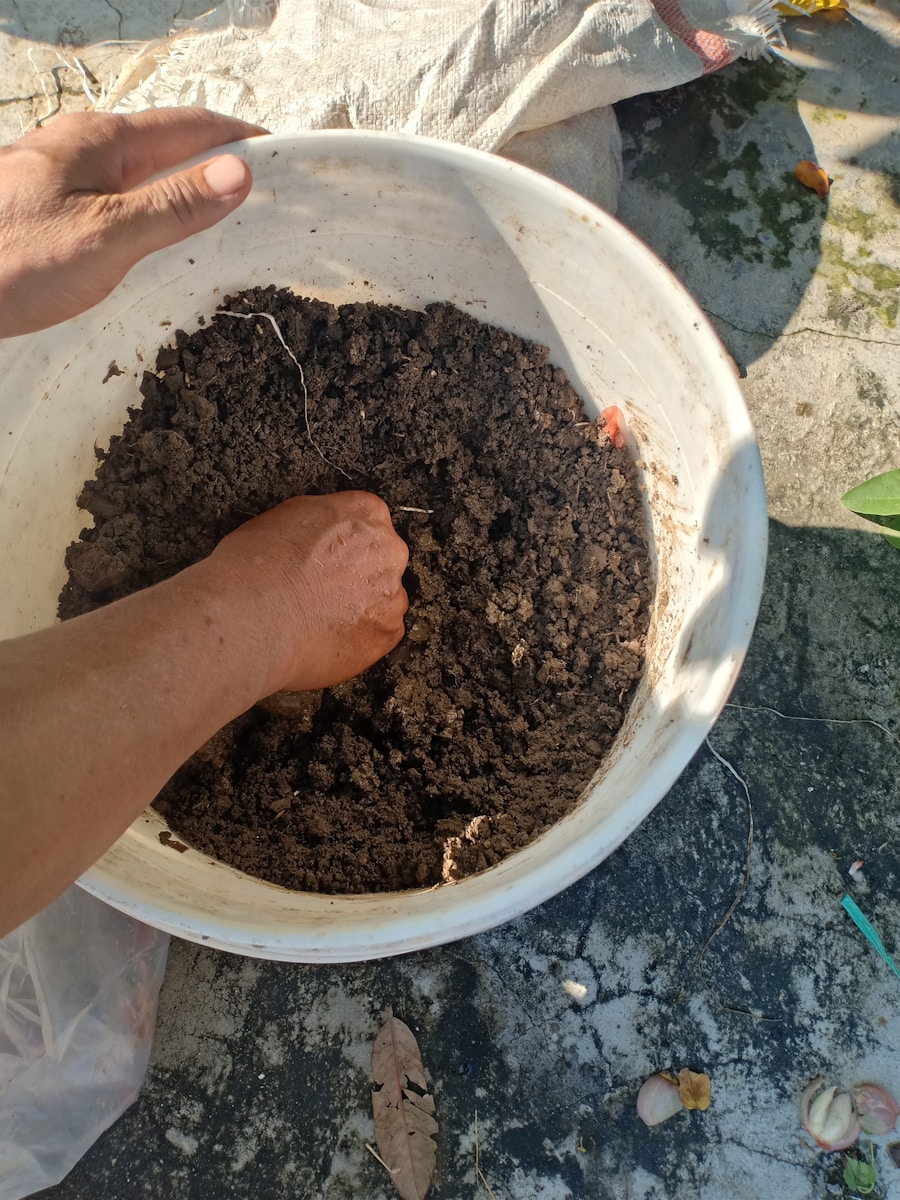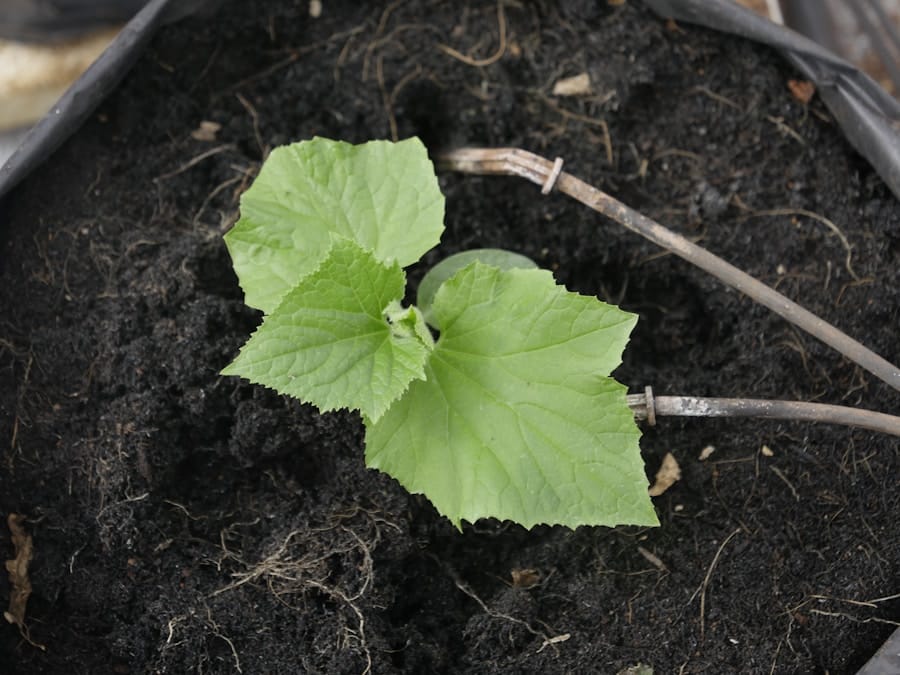Slow release fertilizers are a category of fertilizers designed to release nutrients gradually over an extended period, as opposed to traditional fertilizers that provide an immediate nutrient boost. This gradual release mechanism is particularly beneficial for plants, as it allows for a more consistent supply of nutrients, reducing the risk of nutrient leaching and ensuring that plants can absorb what they need over time.
The formulation of slow release fertilizers can vary significantly, with some being coated in materials that dissolve slowly, while others are made from organic materials that break down over time. This controlled release is particularly advantageous in agricultural settings where nutrient management is crucial for crop yield and quality. By providing a steady supply of essential nutrients such as nitrogen, phosphorus, and potassium, slow release fertilizers help to promote healthy plant growth and development while minimizing the environmental impact associated with nutrient runoff. Check out the latest fertilizers for your garden at Soil Compost.
Key Takeaways
- Slow release fertilizers release nutrients slowly over time, providing a consistent supply to plants.
- Organic slow release fertilizers improve soil health and promote beneficial microbial activity.
- Types of organic slow release fertilizers include compost, manure, and natural mineral-based options.
- When choosing the best organic slow release fertilizer, consider the nutrient content, release rate, and application method.
- Apply organic slow release fertilizers according to package instructions and consider factors such as weather and plant needs.
Benefits of Using Organic Slow Release Fertilizer
One of the primary benefits of using organic slow release fertilizers is their ability to improve soil health over time. Unlike synthetic fertilizers, which can lead to soil degradation and reduced microbial activity, organic options enhance the soil’s structure and fertility. They contribute organic matter, which improves soil aeration, water retention, and nutrient-holding capacity.
This is particularly important in sustainable agriculture and gardening practices, where maintaining a healthy ecosystem is paramount. Additionally, organic slow release fertilizers are less likely to cause nutrient burn, a common issue with fast-acting synthetic fertilizers. Nutrient burn occurs when plants receive an excessive amount of nutrients in a short period, leading to root damage and stunted growth.
With organic slow release options, the gradual nutrient availability allows plants to absorb what they need without the risk of over-fertilization. This not only promotes healthier plants but also reduces the need for frequent applications, saving time and resources for gardeners and farmers alike.
Types of Organic Slow Release Fertilizer

Organic slow release fertilizers come in various forms, each with unique properties and benefits. One common type is composted manure, which provides a balanced mix of nutrients while also improving soil structure. The decomposition process involved in composting ensures that nutrients are released slowly, making them available to plants over an extended period.
Manure from herbivorous animals like cows or horses is particularly rich in nitrogen and can be an excellent choice for vegetable gardens. Another popular option is bone meal, which is high in phosphorus and calcium. Bone meal is derived from animal bones that have been cooked and ground into a fine powder.
It releases nutrients slowly as it breaks down in the soil, making it an ideal choice for flowering plants and root vegetables that require a steady supply of phosphorus for optimal growth. Similarly, fish emulsion is another organic fertilizer that provides a range of nutrients while promoting microbial activity in the soil. It is often used as a foliar spray or soil drench to enhance plant health.
How to Choose the Best Organic Slow Release Fertilizer
| Criteria | Organic Slow Release Fertilizer | Conventional Fertilizer |
|---|---|---|
| Nutrient Content | Contains essential nutrients like nitrogen, phosphorus, and potassium | May contain synthetic chemicals and fillers |
| Release Time | Slow release over several months | Quick release, may require frequent applications |
| Soil Health | Improves soil structure and fertility over time | May degrade soil quality with prolonged use |
| Environmental Impact | Low risk of leaching into water sources | Higher risk of runoff and water pollution |
| Cost | Generally more expensive upfront | Lower initial cost, but may require more frequent applications |
Selecting the right organic slow release fertilizer involves considering several factors, including the specific nutrient needs of your plants, soil type, and environmental conditions. Conducting a soil test can provide valuable insights into existing nutrient levels and pH balance, helping you determine what additional nutrients may be necessary. For instance, if your soil is deficient in nitrogen, you might opt for a fertilizer high in this nutrient, such as alfalfa meal or blood meal.
Another important consideration is the application rate and timing. Different plants have varying nutrient requirements at different growth stages. For example, leafy greens may benefit from higher nitrogen levels during their early growth phase, while fruiting plants may require more potassium as they mature.
Understanding these needs will help you choose a fertilizer that aligns with your gardening goals. Additionally, consider the environmental impact of your choice; opting for locally sourced organic fertilizers can reduce your carbon footprint while supporting sustainable practices.
Application and Best Practices for Using Organic Slow Release Fertilizer
When applying organic slow release fertilizers, timing and method are crucial for maximizing their effectiveness. It is generally recommended to apply these fertilizers during the planting phase or at the beginning of the growing season when plants are actively developing roots and foliage. This ensures that nutrients are available when plants need them most.
For established plants, a mid-season application can also be beneficial to replenish nutrient levels. The method of application can vary depending on the type of fertilizer used. Granular fertilizers can be spread evenly around the base of plants or mixed into the soil before planting.
Liquid organic fertilizers may be diluted with water and applied as a foliar spray or soil drench. Regardless of the method chosen, it’s essential to follow the manufacturer’s instructions regarding application rates to avoid over-fertilization. Additionally, incorporating mulch around plants can help retain moisture and further enhance nutrient availability by promoting microbial activity in the soil.
Top Organic Slow Release Fertilizer Brands

Several brands have established themselves as leaders in the organic slow release fertilizer market, offering high-quality products that cater to various gardening needs. One notable brand is Espoma, known for its extensive range of organic fertilizers that include options like their Plant-tone and Garden-tone formulations. These products are designed to provide balanced nutrition for a variety of plants while promoting healthy soil biology.
Another reputable brand is Dr. Earth, which offers a selection of organic fertilizers enriched with beneficial microbes and mycorrhizae. Their products are formulated to enhance nutrient uptake and improve overall plant health.
Each of these brands emphasizes sustainability and environmental responsibility in their production processes.
DIY Organic Slow Release Fertilizer Recipes
Creating your own organic slow release fertilizer at home can be both cost-effective and rewarding. One simple recipe involves using kitchen scraps such as banana peels, coffee grounds, and eggshells. Banana peels are rich in potassium, coffee grounds provide nitrogen, and eggshells add calcium to the mix.
To create this fertilizer, chop the scraps into small pieces and mix them into your compost pile or directly into your garden beds. Over time, these materials will break down and release nutrients into the soil. Another effective DIY option is to make a compost tea using well-aged compost or worm castings.
To prepare this tea, steep a bag of compost or castings in water for 24-48 hours, then dilute it with additional water before applying it to your plants as a liquid fertilizer. This method not only provides essential nutrients but also introduces beneficial microorganisms that can enhance soil health.
Frequently Asked Questions about Organic Slow Release Fertilizer
Many gardeners have questions regarding the use of organic slow release fertilizers, particularly concerning their effectiveness compared to synthetic options. One common inquiry is whether organic fertilizers provide sufficient nutrients for high-demand crops like tomatoes or peppers. While organic slow release fertilizers may have lower nutrient concentrations than synthetic ones, they often contain a broader spectrum of micronutrients and beneficial compounds that promote overall plant health.
Another frequently asked question pertains to how long these fertilizers last in the soil before needing reapplication. The duration can vary based on factors such as soil temperature, moisture levels, and microbial activity; however, many organic slow release fertilizers can provide nutrients for several weeks to months after application. Gardeners should monitor their plants’ growth and adjust their fertilization schedule accordingly to ensure optimal health throughout the growing season.
In summary, understanding slow release fertilizers—particularly organic options—can significantly enhance gardening practices by promoting healthier plants while supporting sustainable agriculture principles. By exploring various types of organic slow release fertilizers, learning how to choose the best one for specific needs, applying them correctly, and considering DIY alternatives, gardeners can cultivate thriving ecosystems that benefit both their plants and the environment.
If you’re looking to enhance the beauty of your garden with stunning flowers, you may also be interested in learning about the best organic slow release fertilizer to help your plants thrive. Check out this article for tips on creating a beautiful combination of purple and white flowers in your garden. By using organic slow release fertilizer, you can ensure that your flowers receive the nutrients they need to flourish.
FAQs
What is slow release fertilizer?
Slow release fertilizer is a type of fertilizer that is designed to release nutrients to plants over an extended period of time, rather than all at once. This can help to provide a steady supply of nutrients to the plants, reducing the risk of over-fertilization and nutrient leaching.
What are the benefits of using organic slow release fertilizer?
Organic slow release fertilizers are derived from natural sources such as compost, manure, and other organic materials. They provide a gradual and consistent release of nutrients to plants, promoting healthy growth and reducing the risk of nutrient runoff and leaching. Additionally, organic slow release fertilizers can improve soil structure and microbial activity.
How do organic slow release fertilizers work?
Organic slow release fertilizers work by breaking down slowly in the soil, releasing nutrients over time as the organic materials decompose. This gradual release provides a sustained source of nutrients for plants, promoting healthy growth and reducing the risk of nutrient imbalances.
What nutrients are typically found in organic slow release fertilizers?
Organic slow release fertilizers typically contain a range of essential nutrients for plant growth, including nitrogen, phosphorus, potassium, and micronutrients such as calcium, magnesium, and sulfur. These nutrients are released slowly over time, providing a steady supply to plants.
How should organic slow release fertilizer be applied?
Organic slow release fertilizer should be applied according to the manufacturer’s instructions, typically by spreading it evenly over the soil surface and then watering it in. It is important to follow the recommended application rates to avoid over-fertilization and potential harm to plants.

